2014 Grantees
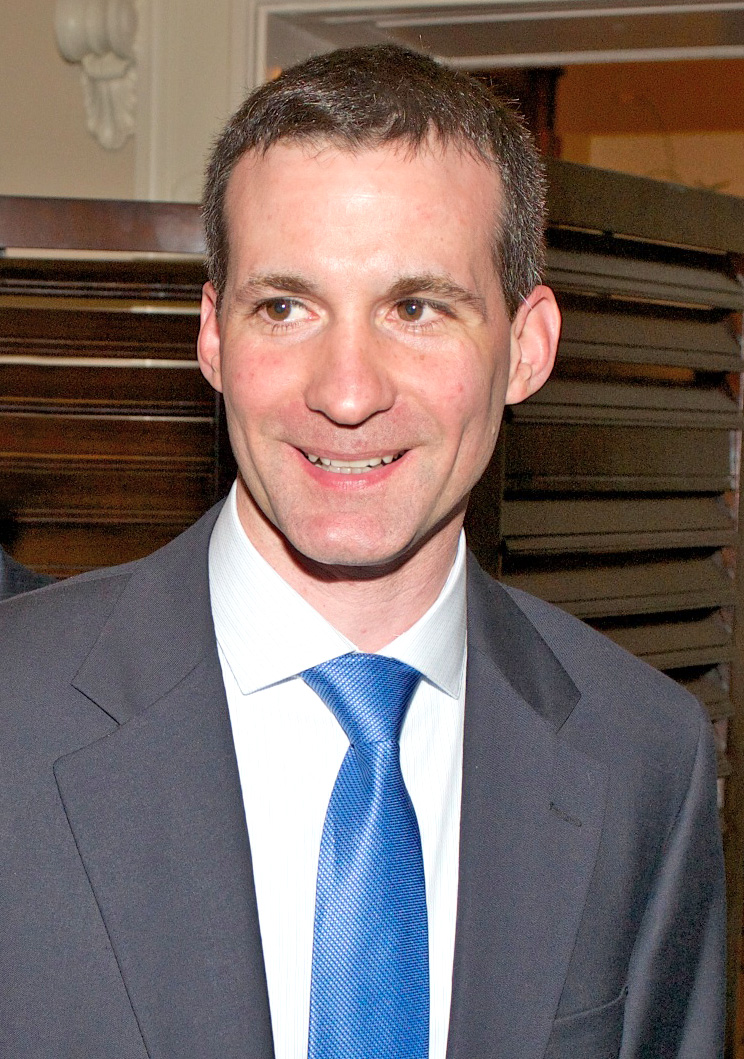 Andrew Aguirre, M.D.. Ph.D., Dana-Farber Cancer Institute, in the laboratory of William C. Hahn, M.D., Ph.D., is using genome-scale genetic screening to identify new vulnerabilities in pancreatic cancer cells. The project employs a variety of cell culture techniques as well as nanoparticle-based delivery of RNAi to animal models to validate these new vulnerabilities and prioritize them for further study. Additionally, the project aims to utilize complementary yet distinct genetic screening approaches in combination with pharmacologic treatment with a MEK inhibitor to identify new candidates for combination therapy regimens.
Andrew Aguirre, M.D.. Ph.D., Dana-Farber Cancer Institute, in the laboratory of William C. Hahn, M.D., Ph.D., is using genome-scale genetic screening to identify new vulnerabilities in pancreatic cancer cells. The project employs a variety of cell culture techniques as well as nanoparticle-based delivery of RNAi to animal models to validate these new vulnerabilities and prioritize them for further study. Additionally, the project aims to utilize complementary yet distinct genetic screening approaches in combination with pharmacologic treatment with a MEK inhibitor to identify new candidates for combination therapy regimens.
Dr. Aguirre is the Hope Funds for Cancer Research Marion Peckham Egan Fellow
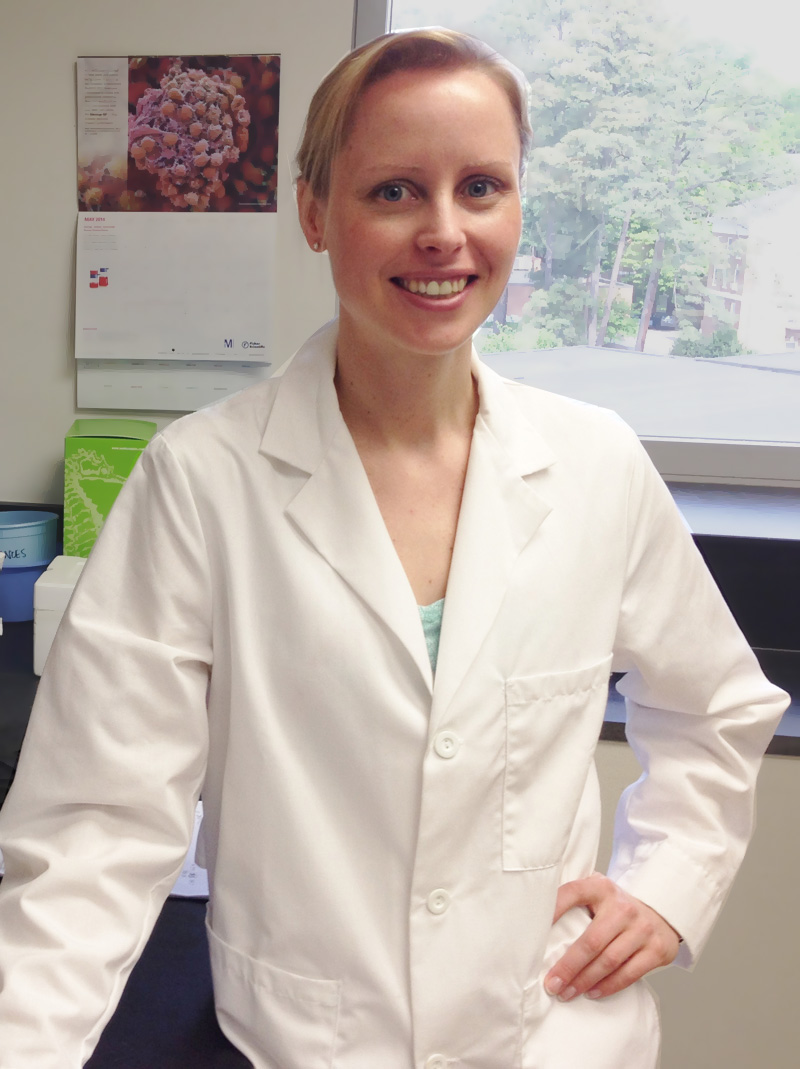 Frances Byrne, Ph.D., University of Virginia & University of New South Wales, in the laboratory of Kyle Hoehn, Ph.D. notes that while effective at killing cancer cells, most chemotherapy drugs also damage healthy cells. Therefore development of new drugs with better cancer cell-specific toxicity would dramatically improve the health and quality of life of cancer patients. A unique property of cancer cells is their ability to metabolize glucose differently to most normal cells. This type of metabolism, referred to as the ‘Warburg effect’, allows cancer cells to rapidly grow, survive, and spread throughout the body. This feature of cancer cells exposes a weakness that can be exploited for cancer therapy. The objective of this project was to identify a novel compound that could specifically kill cancer cells by targeting the ‘Warburg effect’. The conceptual innovation of this project was the design of our drug screen. We developed cell-based assays to screen more than 5000 small compounds. The primary screen identified compounds that increased oxygen consumption in cells (which indicates change in cell metabolism). The secondary screen selected only those compounds that were toxic to cancer cells but not normal cells. The tertiary screen identified compounds that reversed the ‘Warburg effect’ by forcing cancer cells to convert glucose to carbon dioxide. Our lead compound from this screen has been named BAM10. The technical innovation in this project is that we have identified a novel compound (BAM10) that reverses the ‘Warburg effect’ and is selectively toxic to cancer cells. We propose that BAM 10 may be an effective anti-cancer agent and have little or no toxicity to healthy tissues.
Frances Byrne, Ph.D., University of Virginia & University of New South Wales, in the laboratory of Kyle Hoehn, Ph.D. notes that while effective at killing cancer cells, most chemotherapy drugs also damage healthy cells. Therefore development of new drugs with better cancer cell-specific toxicity would dramatically improve the health and quality of life of cancer patients. A unique property of cancer cells is their ability to metabolize glucose differently to most normal cells. This type of metabolism, referred to as the ‘Warburg effect’, allows cancer cells to rapidly grow, survive, and spread throughout the body. This feature of cancer cells exposes a weakness that can be exploited for cancer therapy. The objective of this project was to identify a novel compound that could specifically kill cancer cells by targeting the ‘Warburg effect’. The conceptual innovation of this project was the design of our drug screen. We developed cell-based assays to screen more than 5000 small compounds. The primary screen identified compounds that increased oxygen consumption in cells (which indicates change in cell metabolism). The secondary screen selected only those compounds that were toxic to cancer cells but not normal cells. The tertiary screen identified compounds that reversed the ‘Warburg effect’ by forcing cancer cells to convert glucose to carbon dioxide. Our lead compound from this screen has been named BAM10. The technical innovation in this project is that we have identified a novel compound (BAM10) that reverses the ‘Warburg effect’ and is selectively toxic to cancer cells. We propose that BAM 10 may be an effective anti-cancer agent and have little or no toxicity to healthy tissues.
Dr. Byrne is the Hope Funds for Cancer Research Malcolm A.S. Moore Fellow
To View Dr. Byrne’s publication in Cancer Research, Click Here
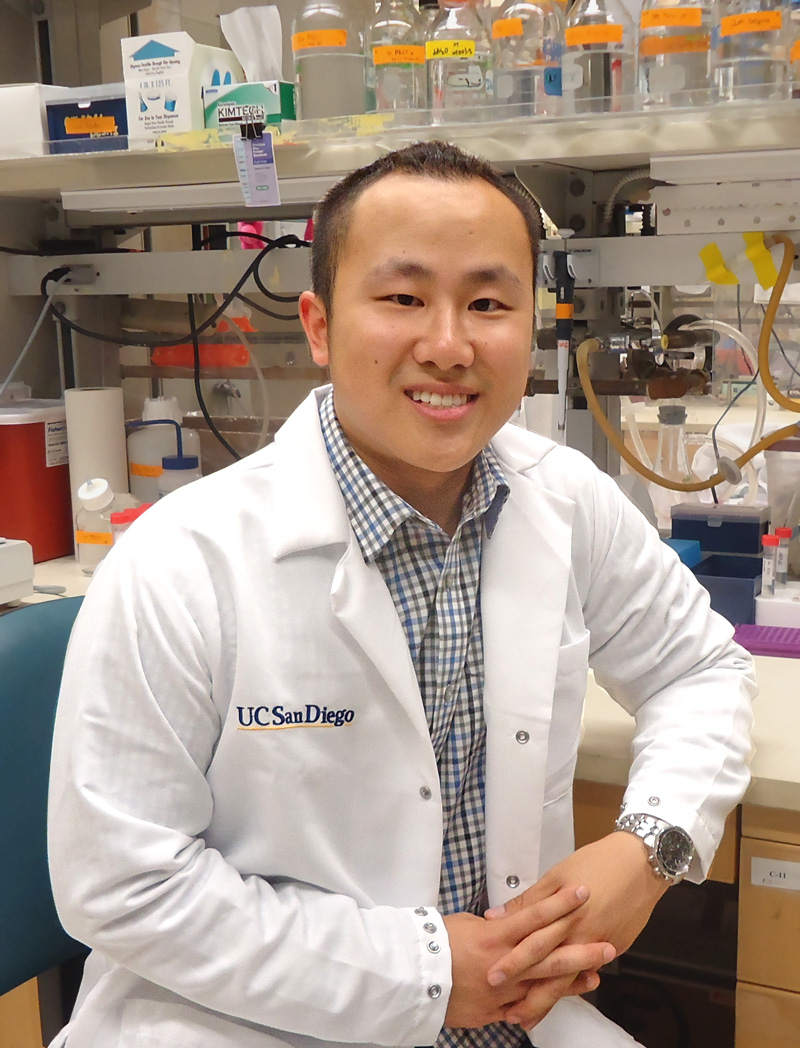 Peter Ly, Ph.D., Ludwig Institute for Cancer Research at UC San Diego, in the laboratory of Don Cleveland, Ph.D., defines mitosis as the highly regulated process by which a cell divides to form two genetically identical daughter cells. During cell division, complex safety mechanisms exist to ensure that replicated chromosomes segregate equally to each daughter cell with a high degree of accuracy. Cancer cells, however, often times make mistakes in properly distributing their chromosomes during mitosis. This is evident by the large majority of human tumors that harbor an incorrect number of chromosomes (a condition known as aneuploidy). Occasionally, segregation errors during mitosis can also lead to a single chromosome mistakenly left behind from the main chromosomal mass. This chromosome then recruits its own nuclear membrane, forms into a micronucleus, and remains in isolation adjacent to the primary nucleus. Evidence dating back half a century ago remarkably demonstrated that chromosomes in micronuclei replicated their DNA slowly and some eventually shattered into many pieces. These shattered fragments can presumably become stitched together in random order to form a rearranged chromosome. Advancements in DNA sequencing technologies have recently identified such complex rearrangements within the genomes of a diverse range of cancer patients, ranging from solid to hematological malignancies, in a process known as chromoanagenesis (or chromothripsis, Greek for “chromosome shattering”). This startling discovery challenged existing paradigms of gradual cancer development to an alternative possibility that numerous mutations can be acquired during a single catastrophic event, which is hypothesized to be initiated by a single mitotic error. In order to better understand how chromoanagenesis occurs in cancer patients, Dr. Ly is developing novel tissue culture models using human cells to delineate the mechanisms by which these rearranged chromosomes are produced. Specific types of difficult-to-treat cancers to which project relates: Complex genomic rearrangements affecting one or a handful of chromosome(s) can be detected in a broad range of solid and hematological malignancies, including osteosarcoma, neuroblastoma, and leukemia.
Peter Ly, Ph.D., Ludwig Institute for Cancer Research at UC San Diego, in the laboratory of Don Cleveland, Ph.D., defines mitosis as the highly regulated process by which a cell divides to form two genetically identical daughter cells. During cell division, complex safety mechanisms exist to ensure that replicated chromosomes segregate equally to each daughter cell with a high degree of accuracy. Cancer cells, however, often times make mistakes in properly distributing their chromosomes during mitosis. This is evident by the large majority of human tumors that harbor an incorrect number of chromosomes (a condition known as aneuploidy). Occasionally, segregation errors during mitosis can also lead to a single chromosome mistakenly left behind from the main chromosomal mass. This chromosome then recruits its own nuclear membrane, forms into a micronucleus, and remains in isolation adjacent to the primary nucleus. Evidence dating back half a century ago remarkably demonstrated that chromosomes in micronuclei replicated their DNA slowly and some eventually shattered into many pieces. These shattered fragments can presumably become stitched together in random order to form a rearranged chromosome. Advancements in DNA sequencing technologies have recently identified such complex rearrangements within the genomes of a diverse range of cancer patients, ranging from solid to hematological malignancies, in a process known as chromoanagenesis (or chromothripsis, Greek for “chromosome shattering”). This startling discovery challenged existing paradigms of gradual cancer development to an alternative possibility that numerous mutations can be acquired during a single catastrophic event, which is hypothesized to be initiated by a single mitotic error. In order to better understand how chromoanagenesis occurs in cancer patients, Dr. Ly is developing novel tissue culture models using human cells to delineate the mechanisms by which these rearranged chromosomes are produced. Specific types of difficult-to-treat cancers to which project relates: Complex genomic rearrangements affecting one or a handful of chromosome(s) can be detected in a broad range of solid and hematological malignancies, including osteosarcoma, neuroblastoma, and leukemia.
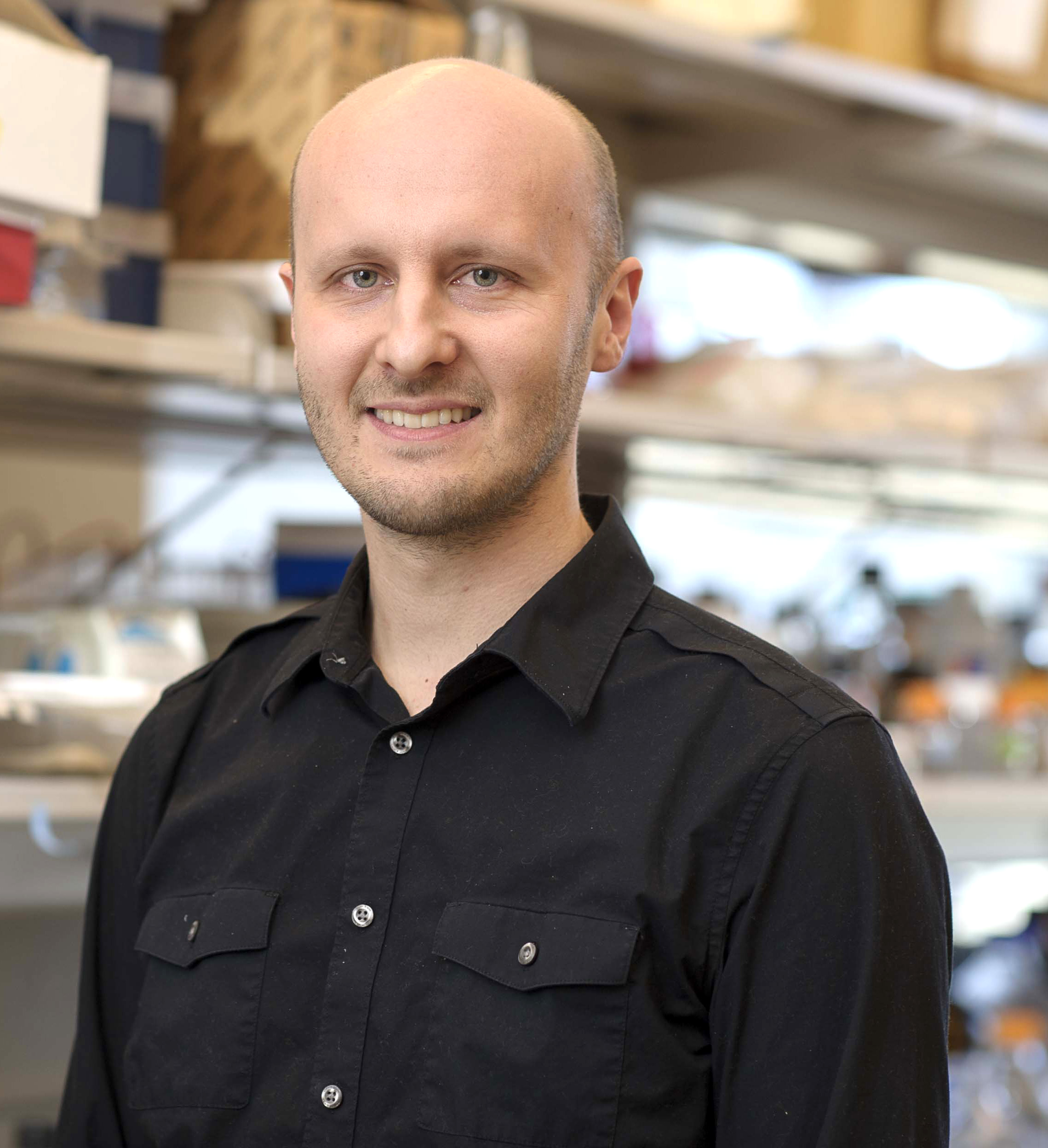 Wilhelm Palm, Ph.D., Memorial Sloan-Kettering Cancer Center, in the laboratory of Craig Thompson, M.D., observes that cancer cells require large amounts of nutrients to support their uncontrolled growth. While many oncogenes promote internatlization of glucose and glutamine, it is a poorly understood feature of the Ras oncogenes to promote cellular eating of macromolecules. We are investigating the ability of cells carrying Ras mutations to fuel their metabolism by consuming proteins present in plasma and lymph constitute omnipotent source of essential amino acids for Ras-transformed cells, which allows them to grow during nutrient-starvation conditions that are lethal to many other types of cancer. In the future, we will elucidate molecular mechanisms trans-scavenging extracellular proteins increases the metabolic resilience of Ras-transformed cells, which will be particularly important in the nutrient-poor microenvironment frequently observed in humans. This could open therapeutic awareness to treat Ras-driven cancers by limiting their access to nutrients or by selectively accumulating toxins in cancer cells.
Wilhelm Palm, Ph.D., Memorial Sloan-Kettering Cancer Center, in the laboratory of Craig Thompson, M.D., observes that cancer cells require large amounts of nutrients to support their uncontrolled growth. While many oncogenes promote internatlization of glucose and glutamine, it is a poorly understood feature of the Ras oncogenes to promote cellular eating of macromolecules. We are investigating the ability of cells carrying Ras mutations to fuel their metabolism by consuming proteins present in plasma and lymph constitute omnipotent source of essential amino acids for Ras-transformed cells, which allows them to grow during nutrient-starvation conditions that are lethal to many other types of cancer. In the future, we will elucidate molecular mechanisms trans-scavenging extracellular proteins increases the metabolic resilience of Ras-transformed cells, which will be particularly important in the nutrient-poor microenvironment frequently observed in humans. This could open therapeutic awareness to treat Ras-driven cancers by limiting their access to nutrients or by selectively accumulating toxins in cancer cells.
Dr. Palm is the Hope Funds for Cancer Research Genentech Fellow
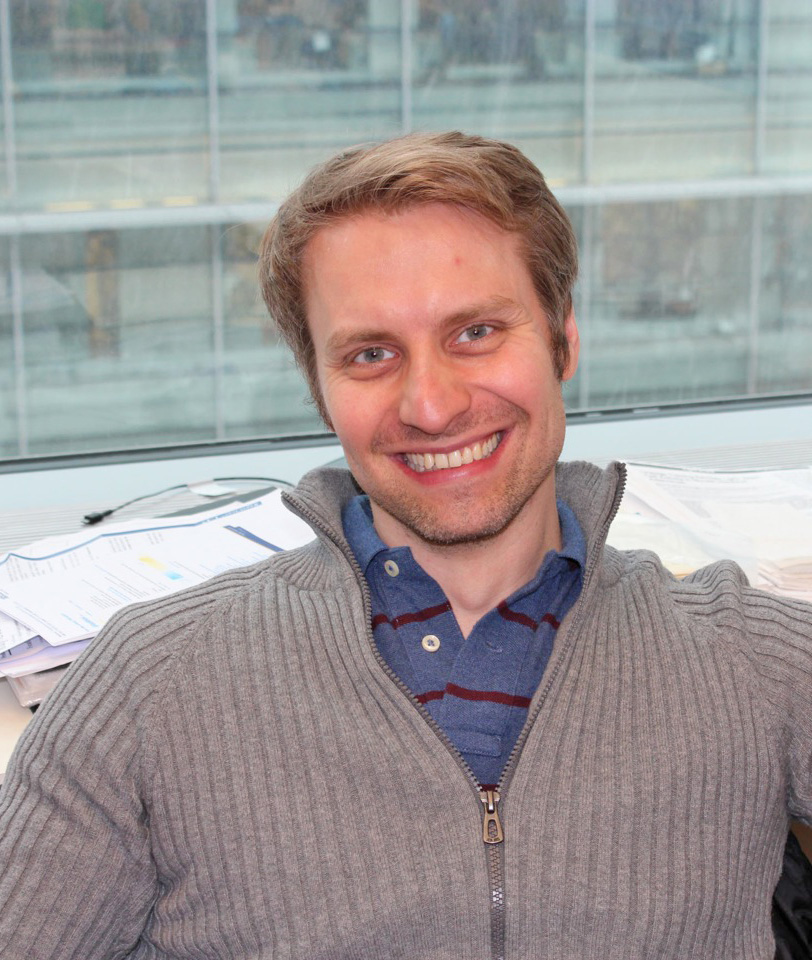 Tuomas Tammela, M.D, Ph.D., Koch Institute for Integrative Cancer Research at MIT, in the laboratory of Tyler Jacks, Ph.D., has the premise that some cancer cells within a tumor are more important than, or better than others in their ability to produce more cancer cells as well as evade treatments such as chemotherapy. This project aims to utilize newly characterized approaches to identify and kill such cells in an animal model of human lung cancer.
Tuomas Tammela, M.D, Ph.D., Koch Institute for Integrative Cancer Research at MIT, in the laboratory of Tyler Jacks, Ph.D., has the premise that some cancer cells within a tumor are more important than, or better than others in their ability to produce more cancer cells as well as evade treatments such as chemotherapy. This project aims to utilize newly characterized approaches to identify and kill such cells in an animal model of human lung cancer.
Parallel efforts in the laboratory are directed at developing novel therapeutics that enable the conversion of such resilient cancer cells into cancer cells that respond better to conventional cancer therapeutics.
Dr. Tammela is the Hope Funds for Cancer Research Jonathan & Nanci Lewis Fellow
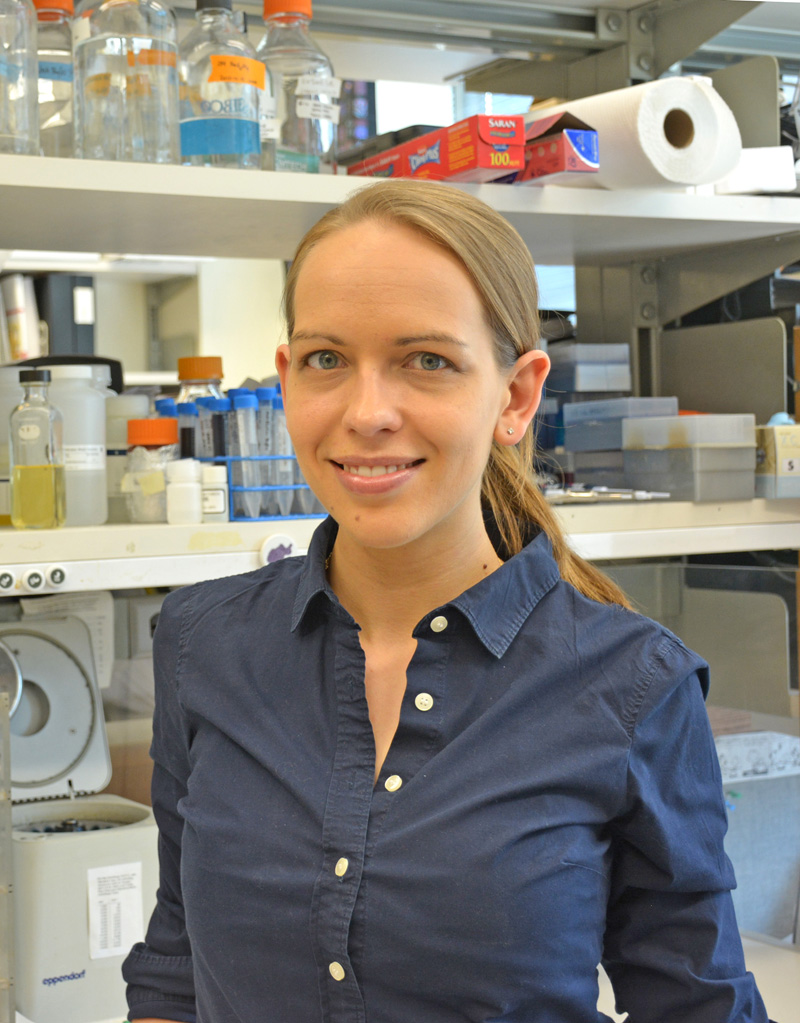 Johanna Withers, Ph.D., Yale University, in the laboratory of Joan Steitz, Ph.D., states that Kaposi’s sarcoma-associated herpesvirus (KSHV) is clinically silent in the majority of infected individuals; however, under conditions of reduced immune system function, changes in the biological properties of infected cells cause several cancers including Kaposi sarcoma and primary effusion lymphoma. The KSHV life cycle includes two phases: dormant and active. During the active phase, the virus turns off normal cell function and begins producing and shedding new viral particles. The most abundant viral product in the active phase, called PAN RNA, is required for production of new infectious viral particles. The high level of PAN RNA is facilitated by a structure at the end of the RNA molecule which folds back on itself to form a triple helix. My work will illuminate how this triple helix interacts with cellular components to maintain high level of PAN RNA and facilitate viral particle production. Specifically, I will explore why the triple helix is required to keep PAN RNA at high levels, which components of the host cell machinery are involved and how this ultimately contributes to production of new viruses. Research and development of strategies to understand and eliminate KSHV are critical in order to prevent these devastating virus-associated cancers.
Johanna Withers, Ph.D., Yale University, in the laboratory of Joan Steitz, Ph.D., states that Kaposi’s sarcoma-associated herpesvirus (KSHV) is clinically silent in the majority of infected individuals; however, under conditions of reduced immune system function, changes in the biological properties of infected cells cause several cancers including Kaposi sarcoma and primary effusion lymphoma. The KSHV life cycle includes two phases: dormant and active. During the active phase, the virus turns off normal cell function and begins producing and shedding new viral particles. The most abundant viral product in the active phase, called PAN RNA, is required for production of new infectious viral particles. The high level of PAN RNA is facilitated by a structure at the end of the RNA molecule which folds back on itself to form a triple helix. My work will illuminate how this triple helix interacts with cellular components to maintain high level of PAN RNA and facilitate viral particle production. Specifically, I will explore why the triple helix is required to keep PAN RNA at high levels, which components of the host cell machinery are involved and how this ultimately contributes to production of new viruses. Research and development of strategies to understand and eliminate KSHV are critical in order to prevent these devastating virus-associated cancers.
